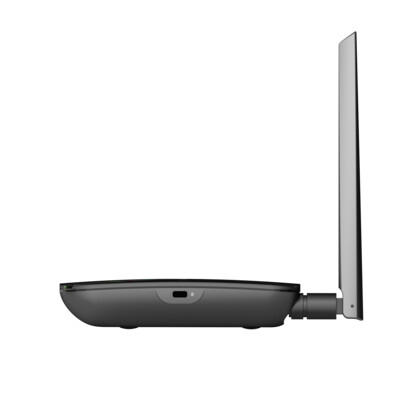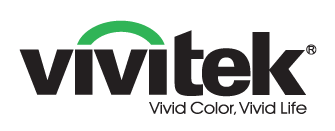



























£600.00*


Product information
NovoDS offers particularly cost-effective, network-based digital signage solutions for creating dynamic multimedia content for use in companies or public areas. Digital signage content can be freely composed from text, photos, audio and video data as well as web feeds for a wide range of applications. With the user-friendly NovoDS solutions, content can be easily updated via a network connection or microSD card.
Flexible, easy-to-create layouts
Thanks to drag-and-drop template customisation and intuitive playlist editing, the system can be easily operated even by staff without technical knowledge. The list of possible applications is virtually unlimited. NovoDS4K, NovoDS and NovoDSmini.
OpenSoftware-API
For adaptation to custom applications that require an interface between different systems, for example from the IT and AV sectors, NovoDS offers the Open Software API. Developers can use it to set up the transfer of requirements and information to NovoDS devices. This allows companies to significantly expand the usage possibilities of their digital signage application.
NovoDS CloudThe NovoDS Cloud for remote device administration and content management via the Internet. This easy-to-use, role-based cloud application allows administrators, publishers and designers to manage playlists, set up devices, create user accounts and more from anywhere via an internet connection. NovoDS can be deployed as a cloud solution or on your own server.
- Features a true 4K (4K @ 60fps) digital signage player with outstanding detail and stunning visuals
- Powerful web browser engine (v.79 upgradeable) with superior video decoding
- View content directly from built-in memory, microSD slot or USB flash drive
- Centralised remote management for deployment, monitoring and maintenance
- Compatible with Windows® and Mac® OS
- Includes software to create, manage and publish digital signage content
- Kensington® security slot to protect against theft or moving the device
- API integration
Flexible and user-friendly software
- NovoDS Studio is a completely free software that allows users to arrange their playlists as they wish.
- Supports a wide range of dynamic content, including text, audio, photos, video clips, web pages, Google Calendar, Twitter, RSS, weather data, IP streaming, etc.
- User-friendly drag-and-drop interface for creating dynamic multimedia content - no programming skills required
- Easily create your own content within seconds thanks to integrated templates
- Automatically synchronise media content from external sources (Dropbox, FTP, etc.).)
- Efficient HTML5 rendering for interactive multimedia content
Powerful device management
- Update content over wired and wireless networks
- Control and monitor playback on devices from a central computer
- Compatible with Windows® and macOS® operating systems
- Playlists for one day at a time, one week or one month
- Easy plug-and-play setup and configuration, including automatic device detection
- Integrated RS232 interface for user control of external devices
- Kensington® lock to protect the unit
- Low cost of ownership - no software licence fees, free software upgrades
Technical data
| Name | Vivitek DS301 Ultra HD 4K digital signage player incl. NovoDS Studio software |
|---|---|
| Article number | 1000026502 |
| GTIN/EAN | 0813097025654 |
| Manufacturer SKU | DS301 |
| Model name | DS301 Ultra HD 4K digital signage player incl. NovoDS Studio software |
| Brand | Vivitek |
| Product Type | Digital Signage Player |
| Inputs | 1x Ethernet , 1x RS232 , 1x USB-A , 1x USB-C |
| Outputs | 1x 3,5mm Jack , 1x HDMI |
| Product width | 11.7 cm |
| Product height | 2.47 cm |
| Product depth | 15 cm |
| Weight | 0.296 kg |
| Colour | Black |
| Condition | New |
| Warranty type | Bringin service Service and support information |
Product safety
| Person responsible for the EU |
|---|
| Vivitek EMEA |
| Zandsteen 15 |
| 2132 MZ Hoofddorp |
| Netherlands |
| info@vivitek.eu |



